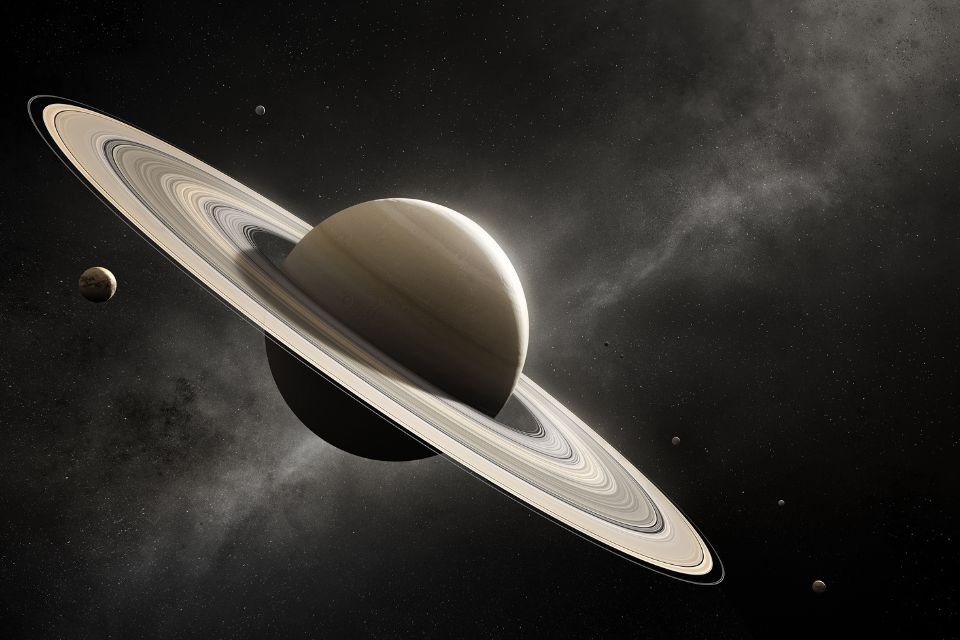Last week, the US National Aeronautics and Space Administration (NASA) released the first images of Saturn captured by the James Webb Space Telescope (JWST), but these were in ‘raw’ format and black and white. Only, The space agency has released an edited, color-coded image of the sixth planet in our Solar System.
The image was taken for the Webb Guaranteed Time Observation 1247 program, NASA said in a statement. wcollected data to test and understand the telescope’s ability to detect moons emitting weaker signals around the planet. Including the photo, it shows details of Saturn’s rings and some moons in the planetary system.
Besides showing the beauty of Saturn and its rings formed by a series of rocky and icy patches, The image also includes details of the moons Dione, Enceladus, and Tethys. A few months ago, Webb was used to observe a large eruption of water from a geyser on Enceladus.
As scientists explain, image shows Saturn’s atmosphere in incredible detail for the first timeIt was detected at a wavelength of 3.23 microns.
The classical lines of the planet were not captured by James Webb’s equipment, possibly due to some wavelengths not detected by the telescope.
James Webb and the Giant Planets
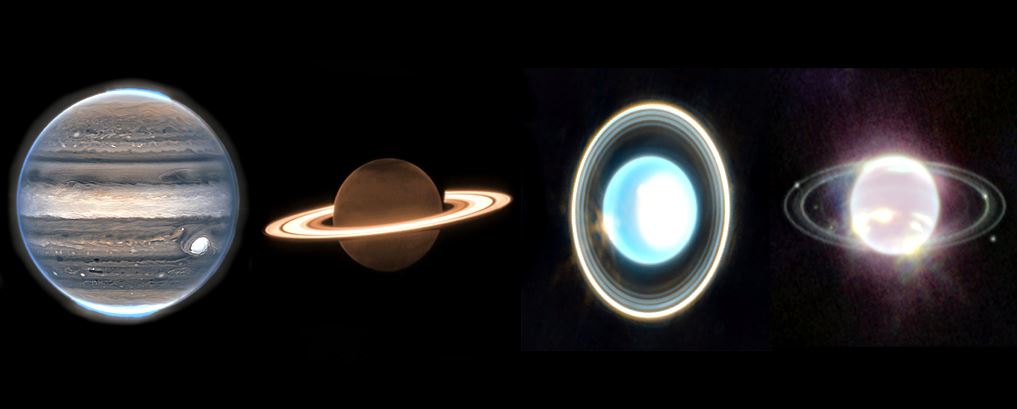
With the image of Saturn, the list of giant planets in the Solar System captured by JWST is complete. So the telescope has already captured images of Jupiter, Uranus, Neptune and now Saturn.
Jupiter
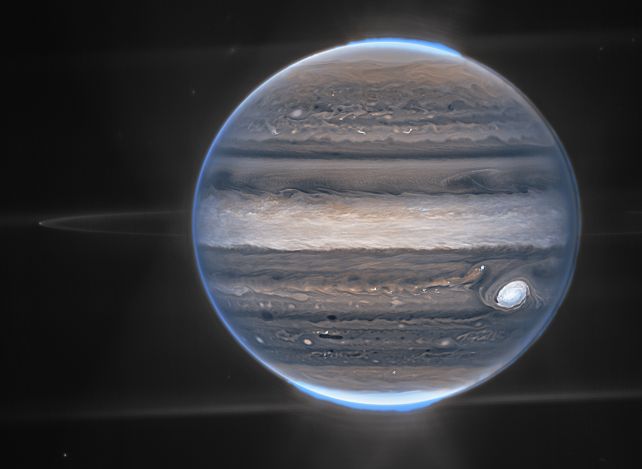
The first giant planet to be observed by the James Webb Space Telescope was Jupiter, and it shows two faint moons known as Amalthea and Adrastea and striking details around the planet. The image was taken in August 2022.
“This image sums up the science of our Jupiter system program, which studies Jupiter’s dynamics and chemistry, its rings and its satellite system,” said Thierry Fouchet, astronomer and co-leader of observations at the Paris Observatory in France.
Neptune

Neptune’s observations Published by the James Webb Observatory in September 2022. and for the first time in 30 years, scientists were able to get a new image of the planet. The most common photos of Neptune were taken by the Voyager 2 spacecraft in 1989.
“NASA’s James Webb Space Telescope demonstrates its capabilities closer to home with the first image of Neptune. Webb has not only captured the clearest view of this distant planet’s rings in over 30 years, but its cameras are revealing the ice giant in a whole new light. ‘ explains NASA.
Uranus
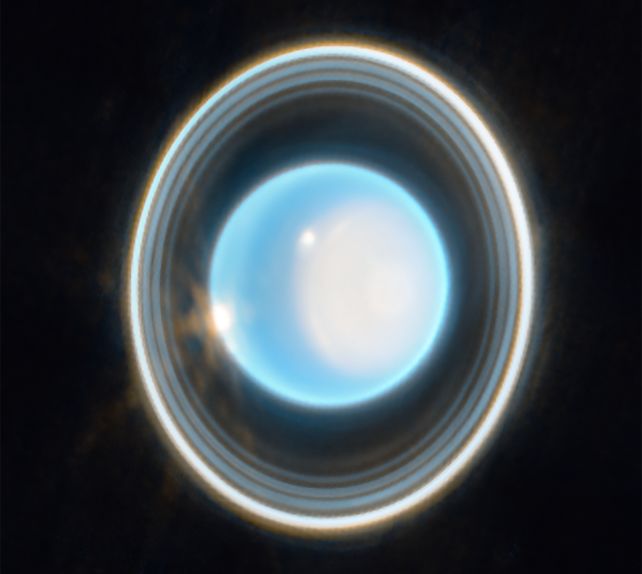
JWST releases image of Uranus in April 2023It contains 11 of the 13 ring system structures and an atmospheric glow at the planet’s polar cap. Uranus is the seventh planet in our Solar System.
“Aside from a bright cloud at the edge of the ice sheet, some fainter extensions north of the glacier’s edge and a second very bright cloud to the left of the planet are visible. These clouds are typical. Uranus is linked to the lengths of infrared waves and possibly storm activity,” he explained.
Saturn
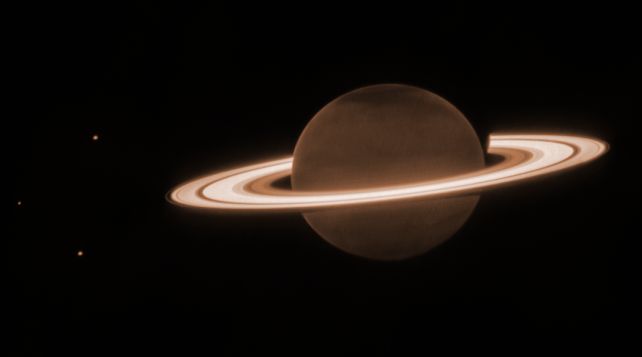
Besides showing the beauty of Saturn and its rings formed by a series of rocky and icy patches, The image also includes details of the moons Dione, Enceladus, and Tethys.. A few months ago, Webb was used to observe a large eruption of water from a geyser on Enceladus.
“These Webb observations are a clue to what this observatory will add to the story of Saturn in the years to come, as the science team is digging deeper into the data to prepare the peer-reviewed results,” NASA said in a statement.
Source: Tec Mundo
I’m Blaine Morgan, an experienced journalist and writer with over 8 years of experience in the tech industry. My expertise lies in writing about technology news and trends, covering everything from cutting-edge gadgets to emerging software developments. I’ve written for several leading publications including Gadget Onus where I am an author.






